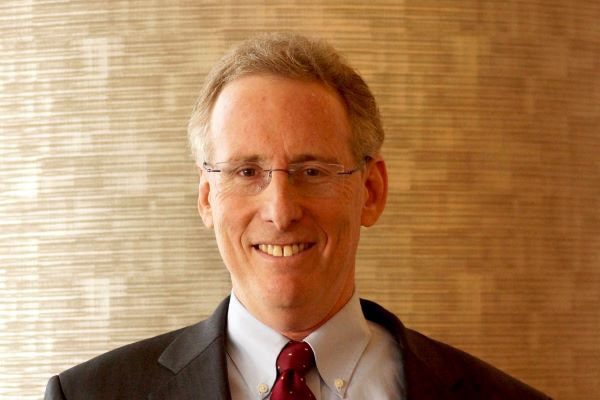|
Getting your Trinity Audio player ready...
|
Few things are subtle or understated in Miami-Dade County. Among the region’s many distinctions is an inclination for extremes. With one of the nation’s most severe levels of income equality, fabulous wealth coexists with distressing concentrations of poverty and a dwindling and struggling middle class. In health care, Miami-Dade can boast some of the finest medical centers and specialists, along with some of the worst in the nation Medicare fraud and overbilling. The region’s unparalleled natural resources are matched by the 6th-worst traffic congestion and decades of environmental degradation. As a model in some ways for embracing immigration, Miami-Dade also is home sadly to deep reservoirs of racial stratification. It is a wonderful destination for visitors, while struggling with housing affordability for more than 50% of its residents. A refuge of warmth for older adults that is also rife with barriers to access to services for seniors. The list goes on and on.
And this tendency to reflect both the best and worst applies to Miami-Dade’s political leadership as well. Miami-Dade is known for its expansive record of public corruption. But the region also boasts, both past and present, some exemplary public officials. The political leaders in Miami seem to fall into two different camps, and like with much of Miami, very little in between. There are the defenders of the status quo, and then there are the visionaries.
In the former category are the elected officials who see the landscape as it is, heavily influenced by lobbyists and rife with short-term transactions. In many cases, these transactions achieve their desired outcome, often a project propelled by considerable financial interests. But success in these instances is measured by a narrower metric than the well-being of the community as a whole. All of these transactions in the aggregate contribute to misguided priorities and systemic gaps in shared community assets such as infrastructure, workforce housing, education, and transportation and social mobility. It is too often regional growth by fragmentation rather than a cohesive, integrated vision.
In the second category are individuals who bring similar political talents. But they also bring a passion for something that lasts well beyond themselves, and not just a name on a building or park. Two current examples are Francis Suarez and Dan Gelber, the Mayors of Miami and Miami Beach, respectively. Among the refreshing changes they represent is that they work well together and with Miami-Dade Mayor Daniella Levine Cava, recognizing their cities’ success is inextricably intertwined with the region’s success.
Mayor Levine Cava also represents an historic change. Not only for the obvious reason, as the first female Mayor of Miami-Dade County. But also in her lived experience. Simply put, there has never before been a Mayor of Miami-Dade (or other big-city mayor in the region) whose entire career prior to elected office was defending and protecting vulnerable children. When competing priorities are at stake with enormous political pressure bearing down, those deeply rooted experiences and values matter.
The fact that these three big-city Mayors collaborate closely seems logical to many of us but it has not been always (or even typically) the case with their predecessors.
Among the signs of a political visionary is a mission-driven willingness to take on big challenges and political risks in driving transformational change. In Denver, we had a run of three Mayors who fit this profile over a span of nearly three decades. Mayor Federico Peña (who served later as U.S. Secretary of Transportation and of Energy) led Denver out of a deep recession and spearheaded major infrastructure investments with bold imagination. Wellington E. Webb (Denver’s first African-American Mayor) established national models for infill development and inclusive governance and brought historic expansions of parks and open space. John Hickenlooper (now U.S. Senator) ushered in an unprecedented era of urban-suburban cooperation and built a bipartisan coalition to achieve the largest mass transit expansion by mile in modern history.
Mayor Gelber is leading in a similar spirit with a years-long effort to reimagine South Beach and has taken on the big fight to oppose stealth efforts in Tallahassee to force casinos on his city. Mayor Suarez has set ambitious goals on climate change, housing, and making Miami a destination for entrepreneurs across the country. Miami-Dade’s great challenges and sky-high opportunities require nothing less than this intergenerational vision that goes beyond the region’s often fractionalized, short-term or zero sum politics.
Many years ago, when I was at the beginning of my professional career in Miami, I was invited to lunch by one of the most powerful lobbyists in Miami-Dade County. As we waited for our meals to arrive, he asked me who was my favorite county commissioner. I told him it was Harvey Ruvin. He asked me why. I said because he’s working not for the next election but for future generations, and I cited as examples his leadership on protecting the environment and sustainable economic growth (which was an even more farsighted position three decades ago). The lobbyist, who has since passed away, responded with a laugh and said, “Harvey is smart and talented. He opposes us regularly, but we still support him because he’s very special, meaning there’s only one of him on the Commission.”
One of the essential ingredients of success for any metropolitan region, including Miami-Dade, is to ensure that the sight of an elected visionary is not quite so special.
Shepard Nevel, born and raised in Miami-Dade County, is managing director of an environmental services company in Denver, Colorado and was senior policy advisor for the campaign of U.S. Senator John Hickenlooper.






